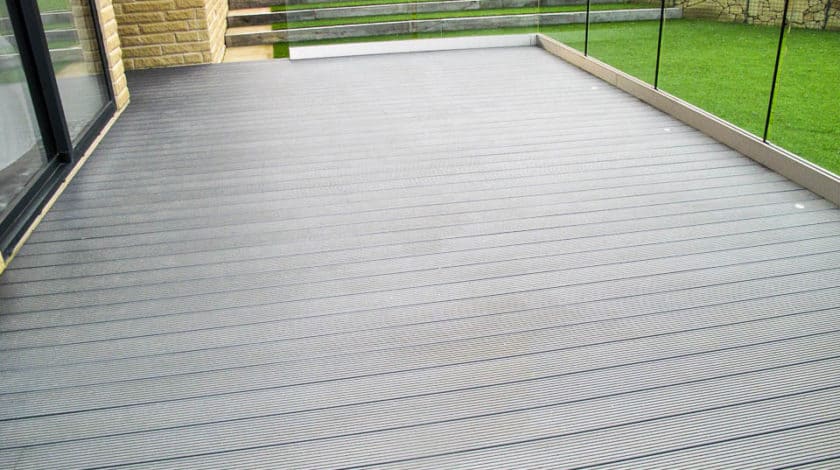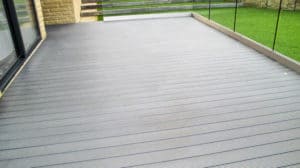The Differences Between Composite and Plastic decking
Plastic decking They both contain engineered materials, particularly plastics. Yet, this is the place the similarities end. PVC decking is made out of a solitary material: polyvinyl chloride (which is likely more recognizably known as the vinyl in vinyl siding and fences). Composite decking is typically made of a couple of various sorts of plastics– either polypropylene or polyethylene– alongside wood or bamboo floor. These distinctive creations change the execution profile of every item.
Known Problems with plastic decking
Plastics have some known issues that are moderated when they’re blended with wood flour. PVC decking has no moderating added substances—in any event over the sub-atomic level—and that implies that plastic’s issues turned out in full power. A portion of these are:
Straight extension is an issue for all plastics. Since they’re long chain atoms, when they’re warmed, these long particles extend. This is something that specialists consider in their figurings utilizing the direct development coefficient. With a development proportion of 54-110 contrasted with pine’s 5 or steel’s 11, plastic items can change estimate pretty radically. PVC deck sheets known to extend such a great amount of that following a hot day at the edge of the deck is never again even.
Warmth maintenance is a typical issue with PVC decks. Under the sweltering summer sun, they can become awkwardly sweltering to stroll on with exposed feet. These blocks are getting a charge out of a late spring barbecue or even merely making it into the lawn in uncovered feet and are something my companion had beforehand griped about with his PVC deck.
Chilly climate fragility is an issue at the opposed end of the temperature range. In cold climate, plastic known to wind up fragile and split effortlessly. This may not be a worry with other PVC items like fencing. However, a deck is liable to steady effects from individuals’ feet. Since PVC’s pliable to weak progress point (the time when its physical properties change, and it debilitates) begins at around 32 degrees F, this weakness is a worry for individuals in many states, and it implies that PVC isn’t the best decking for cool atmospheres.
The extensive developments and withdrawals of PVC with changing temperatures can put wear on and even harm the sheets and clasp. UV light likewise makes the plastic rot, making a whitish powder frame on PVC surfaces. These elements can make your deck less agreeable, and after some time, less protected. In any case, diving straight through it as my companion did is a phenomenal issue.

